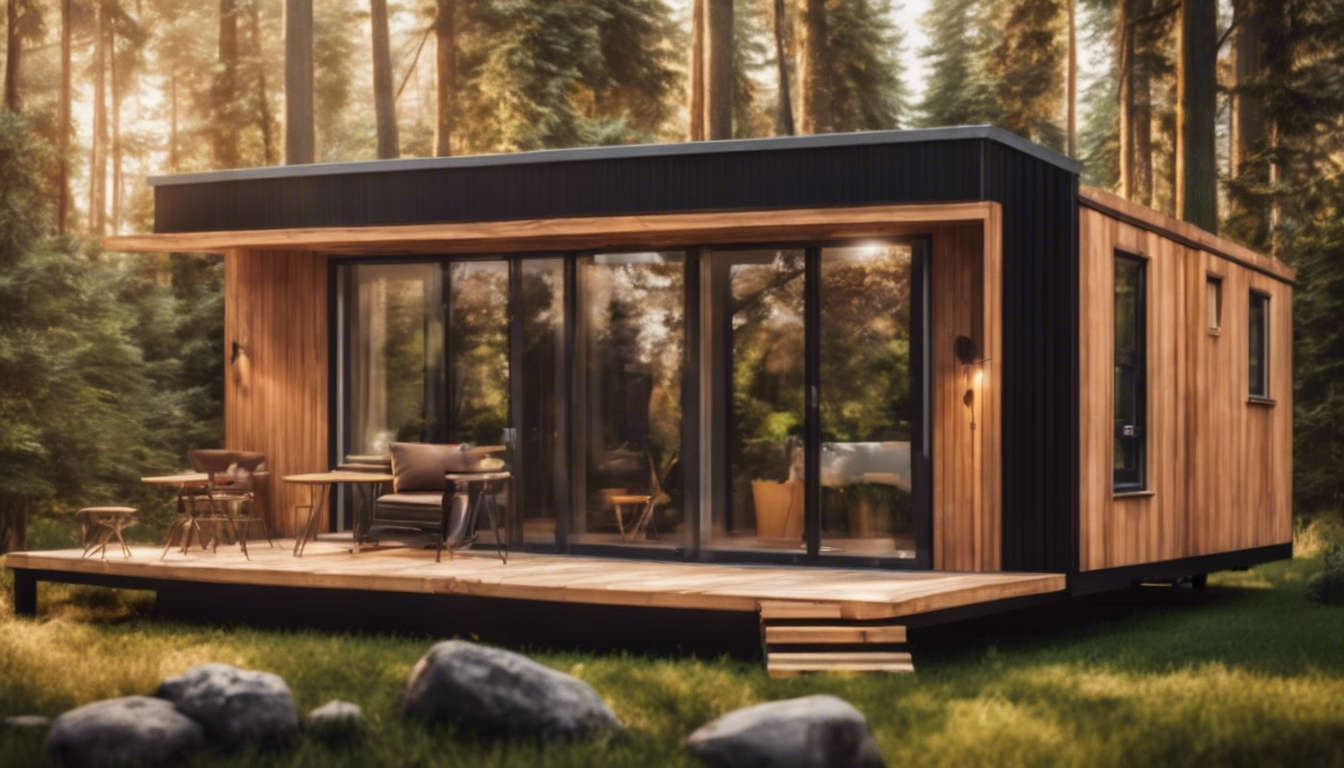Tiny homes have gained popularity due to their affordability and reduced environmental impact.
Understanding tiny home prices is essential for anyone considering this lifestyle.
In this article, we will explore the basics of tiny home pricing, the various factors that influence costs, typical expenses associated with construction, budgeting tips for your project, and potential savings this choice offers.
With the right information, you can confidently embark on your tiny home journey.
The Most Popular Modular/Tiny Home On Amazon
Typical Costs Associated with Tiny Home Construction
Building a tiny home involves various costs that can influence tiny home prices.
First, the cost of land varies significantly depending on location.
Some buyers may find affordable plots in rural areas, while others face high prices in urban settings.
Next, materials contribute to tiny home prices.
This includes everything from wood and insulation to plumbing and electrical installations.
Additionally, labor costs can impact pricing, especially if you hire professionals for construction.
Permits and fees also play a role; local regulations may require specific allowances.
Overall, understanding these factors is crucial for anyone considering a tiny home.
Budgeting Tips for Your Tiny Home Build
Building a tiny home can be an exciting journey, but managing tiny home prices is essential to keep your project on track.
Start by setting a clear budget outline.
Determine how much you can afford, and include costs for land, materials, and labor.
Research average tiny home prices in your area to gauge what you will need.
Consider buying materials in bulk to save money.
Look for used or reclaimed materials, which can significantly lower costs without sacrificing quality.
Plan your design carefully.
A simpler layout can save both time and money.
Do your homework on local building codes to avoid unexpected expenses.
Finally, keep a contingency fund for surprises that might arise during construction.
By following these budgeting tips, you can manage tiny home prices effectively and achieve your dream build.
Potential Savings and Value of Tiny Homes
Tiny homes offer significant financial benefits through lower tiny home prices compared to traditional houses.
The reduced square footage means lower construction costs, which can make tiny homes more accessible for many people.
Additionally, tiny homes typically require less maintenance, leading to ongoing savings on repairs and upkeep.
Many tiny home buyers also benefit from lower utility bills, as smaller spaces consume less energy.
By downsizing, individuals can minimize debt and invest their savings into experiences or other priorities.
Overall, tiny homes present a valuable option for those looking to simplify their lifestyle and reduce their financial burden.
Frequently Asked Questions
What are the basic costs associated with building a tiny home?
The basic costs associated with building a tiny home typically include land purchase or rental, design and permits, materials and labor for construction, utilities installations, and furnishings.
What factors influence tiny home prices?
Factors influencing tiny home prices include location, size and design of the home, materials used, local building codes and regulations, and additional features such as off-grid capabilities and eco-friendly options.
How can I budget effectively for my tiny home build?
To budget effectively for your tiny home build, first determine your overall budget, research costs thoroughly, prioritize your desired features, and consider potential unexpected expenses during construction.
What are some potential savings I can expect when choosing a tiny home?
Potential savings when choosing a tiny home include lower utility costs, reduced property taxes, and decreased maintenance expenses, along with the possibility of minimalistic living that curtails overall spending.
What value do tiny homes provide compared to traditional homes?
Tiny homes provide value in terms of affordability, lower ecological footprints, ease of mobility, and the opportunity to embrace a simpler lifestyle while still maintaining comfort and functionality.




Leave a Reply